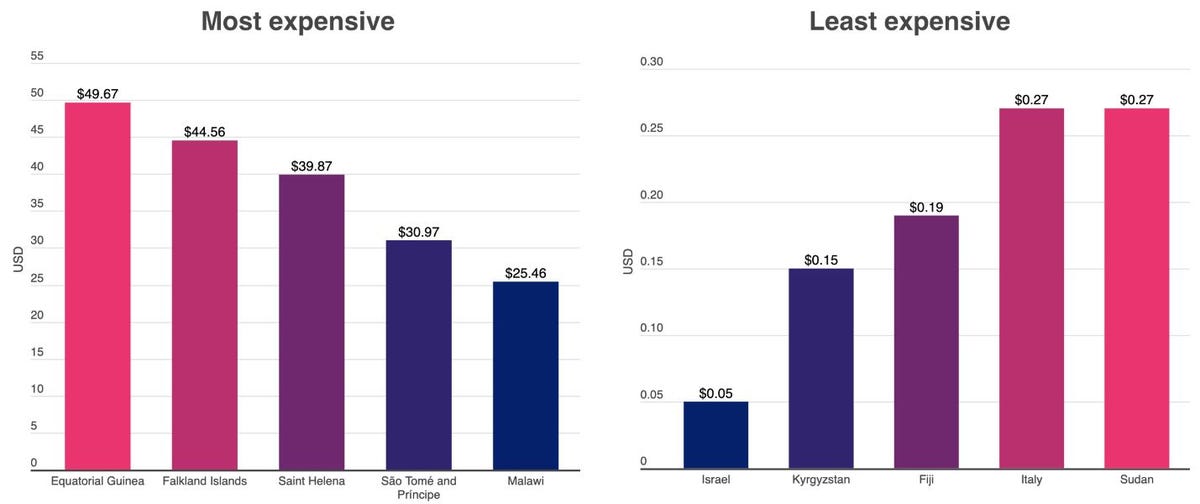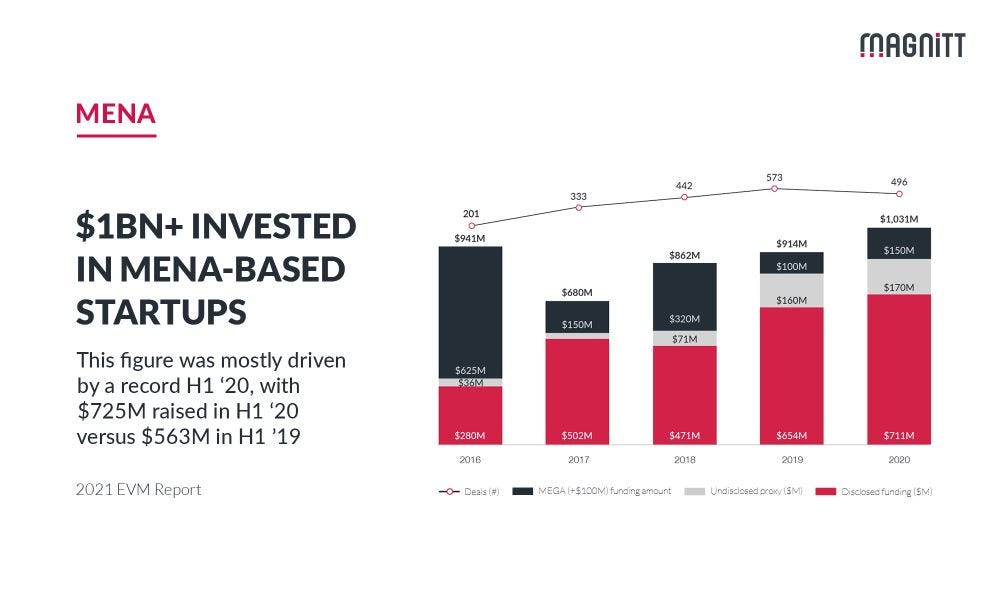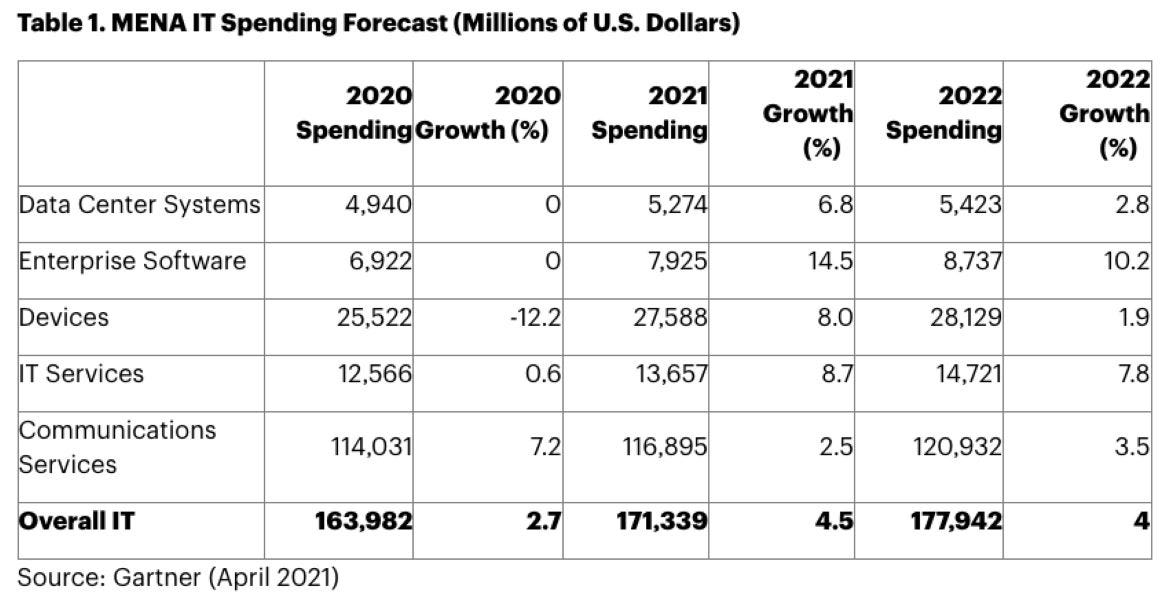Technology in the Middle East: 21 key stats on the good, the bad and the ugly | ZDNet
Qatar is part of a region with huge variations in digitisation.
Image: Marvin Fernandez / Getty
The Middle East and North Africa (MENA) is a large and diverse region, which is anything but homogeneous in terms of its history, culture, language and use of technology.
Several countries in MENA are global leaders across multiple ICT indicators, while others are rapidly improving their rankings through investment in technology and efforts to facilitate its take-up and adoption. A key driver for digital transformation efforts in many MENA countries is the need to pivot from reliance on petro-chemical industries to create a more knowledge-based economy.
At the same time, other parts of the region are digital laggards, home to some of the most expensive and least advanced digital markets in the world.
SEE: What is digital transformation? Everything you need to know about how technology is reshaping business
There are multiple factors behind these variances, with income levels being a key proxy. These vary widely across the region, and are an inevitable factor in the diversity of IT adoption and use of digital technologies across the Middle East.
To help understand and illustrate this digital diversity, we’ve pulled together 21 key facts and statistics. Between them, they help to shed light on tech adoption in this complex and fascinating region.
Mobile and internet usage
- Mobile broadband across the region typically covers at least 90% of the population, although take-up is often some way below this level. Source: Internet Society, November 2020
- By the end of 2020, nearly 45% of the population in the region (280 million people) will be connected to the mobile internet. However, that leaves 55%, c.350 million people, who are unconnected. Source: GSMA, November 2020
- Etisalat in the United Arab Emirates (UAE) is the fastest mobile network in the world. It offered average download speeds of 193.88 Mbps and average upload speeds of 29.87 Mbps during Q1-Q2 2021. Source: Speedtest® by Ookla®, September 2021

Screenshot from Mobile Speedtest Award Report for the World, Ookla.
Image: Screenshot / Ookla
- Yemen has the second slowest broadband in the world, with average internet download speeds of 0.68Mbps. Only Turkmenistan (0.50Mbps) is slower. Source: Cable.co.uk and M-Lab, September 2021
- Israel is the least expensive country in the world to buy 1GB of mobile data (costing $0.05) with Sudan the fifth least expensive ($0.27). In contrast, the average price of 1GB of mobile data in Yemen costs $15.98. Source: Cable.co.uk, April 2021

The most – and least – expensive countries in the world to purchase 1GB of mobile data.
Image: Cable.co.uk
- Google, WhatsApp and YouTube are each in YouGov’s list of the Top 10 brands for UAE, Saudi Arabia and Egypt. Their research captures brand perception among consumers, in rankings typically dominated by national brands. Source: YouGov, November 2020
- The region is likely to reach around 150 million 5G subscriptions in 2026. That’s up from c.1 million at the end of 2020. Source: Ericsson, July 2021
- Nearly three-quarters (73%) of total mobile subscriptions within the Gulf Cooperation Council (GCC) are predicted to be for 5G by 2026. That would make it the second-highest region in the world for 5G penetration, behind North America (84%). Source: Ericsson, June 2021

Mobile subscriptions by region and technology (% 2020 vs 2026).
Image: Ericsson
Digital divides
- The internet was used by 61.3% of men and 47.3% of women in the region in 2019. Source: ITU, April 2020
- Across the Middle East, 80% of the unbanked population have a mobile phone, but fewer than 7% of this group has a mobile money account. Source: World Bank Group, October 2020
- Pre-COVID, only 8% of SMEs in the wider MENA region had an online presence (versus 80% in the US,) and only 1.5% of MENA’s retailers were online. Source: OECD, March 2021
- Digital payments were made or received by 33% of adults in MENA in 2019. This is compared to 44% of adults in other developing countries and 91% of adults in high-income countries. Source: World Bank Group, October 2020
- Fewer than one in four (38.4%) rural households had access to the internet in 2019, compared to more than seven in ten (74%) of urban households across the Arab States. Source: ITU, April 2021
Investment and spending
- Despite COVID-19, annual investment in startups hit $1 billion in the MENA region for the first time in 2020. There were 496 deals, the largest being a $150M Series E round for the property portal company EMPG (Emerging Markets Property Group). Source: MAGNiTT, January 2021

Annual investment in MENA-based startups, 2016-2020.
Image: MAGNiTT
- Mobile operators will invest $70 billion in infrastructure rollouts between 2019 and 2025. Source: GSMA, November 2020
- IT spending in the region is projected to total $171 billion in 2021, up 4.5% from 2020. Enterprise software, spending on servers, applications and infrastructure software are top priorities for CIOs in MENA, along with increased spending to support remote-working technologies. Source: Gartner, April 2021

Image: Gartner
Challenges and opportunities
- AI could contribute more than $300 billion by 2031 to Middle East GDP. UAE appointed its first minister of AI after estimating this technology might add $182 billion to the economy by 2035. Source: IBM, February 2020
- Data breaches in the MENA region are costly affairs. The financial impact of the “average” breach is $6.53 million, well above the global average of $3.86 million. Source: Ponemon Institute and IBM Security, August 2020
- Among young Arabs aged 18-24, 40% want to start their own business in the next five years. This aspiration is highest among young people in the Gulf (55%), followed by young people in North Africa (44%) and the Levant (22%). Source: Arab Youth Survey 2020, October 2020

Number of Arab youths interested in setting up their own business.
Image: Arab Youth Survey 2020
- Pre-COVID, 26% of 15-24-year-olds in the region were unemployed, rising to nearly 40% of females. Youth unemployment has remained stubbornly high for the past decade, and may be one factor behind the entrepreneurial ambitions expressed by many Arab youths. Source: UNESCWA (United Nations Economic and Social Commission for Western Asia), August 2021

Image: UNESCWA
For all the latest Technology News Click Here
For the latest news and updates, follow us on Google News.

